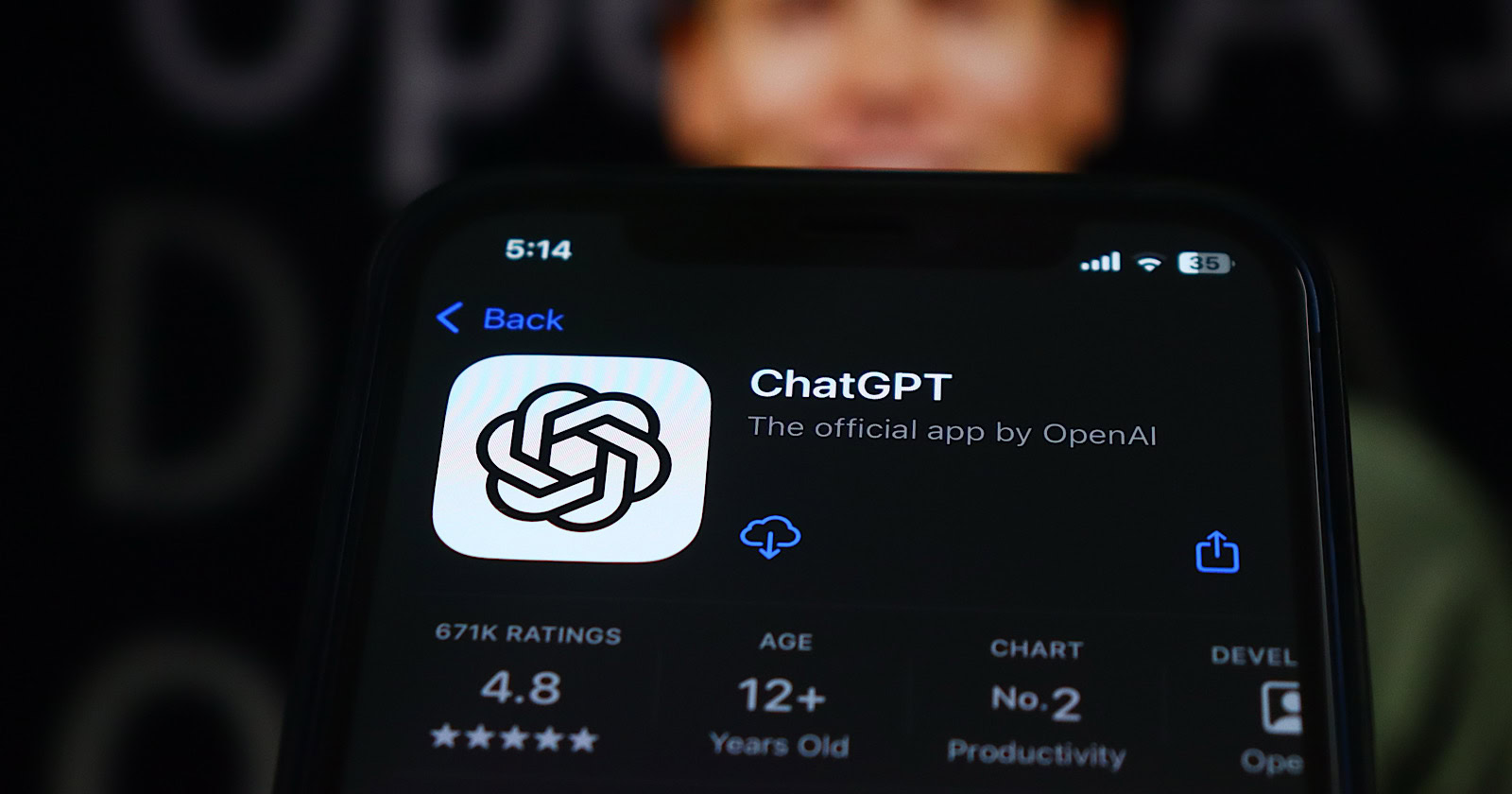YouTube kids’ ad placement issue raises brand doubts but hasn’t hurt Google’s US ad revenue
Brands aren't fleeing the video platform after Adalytics reports, but they are reassessing YouTube strategy.

Google appears to have avoided a YouTube brand revolt, despite recent reports about ads running in potentially inappropriate places, such as videos that are made for kids. Google, so far, has not seen a hit to its U.S. ad revenue in August, according to Sensor Tower, an ad analytics firm, suggesting there has not been another “adpocalypse.”
But advertisers are still highly critical of gaps in Google’s ads platform that were exposed by Adalytics, an independent ad auditing firm, and some top ad execs told Ad Age they are adjusting media buying strategies on YouTube.
The report from earlier this month, the second one this summer from Adalytics, found ads for products and services that would only appeal to adults playing ahead of YouTube videos clearly made for kids on channels such as “Blippi” and “Cocomelon nursery rhymes.”
Several advertisers, who spoke with Ad Age on condition of anonymity, said that Adalytics made some hyperbolic claims, but the reports did show that YouTube and Google’s video ad tools were confusing. Advertisers would have to redouble their safety measures to control where ads run across Google’s ecosystem, they said.
“Advertisers are in a total reassessment phase right now,” said one executive from a YouTube measurement partner. “It’s not only about Google, there is not an ‘adpocalypse,’ but it’s more about if our tools are working well.”
Some advertisers are wondering what they are getting from third-party verification firms if ads could still slip through the cracks, this measurement executive said.
Adalytics claimed that even when advertisers tried to avoid so-called “made for kids” videos, ads still appeared on such videos, according to one top digital media buyer at a major agency holding company. “That showed that the ‘exclude kids’ content filters in YouTube just don’t work,” the media buyer said. “You can try to exclude kids’ content and still run on kids’ content.”
In response, this media buyer and other advertisers said they would have to create bespoke filters, through highly curated inclusion lists. Inclusion lists are pools of YouTube channels that are pre-approved by a marketer. The process of manually going through tens of thousands of YouTube channels is hard work, the media buyer said, and it would not be easy for smaller agencies and brands.
Channel Factory is a YouTube Measurement Partner, and it helps brands place YouTube ads using inclusion lists. Philip Cowdell, Channel Factory’s global chief strategy officer, said it only uses inclusion lists on YouTube and doesn’t use “audience targeting,” so it does not rely on personal data.
“Brands come to us because we add that contextual layer, so it can be the right brand fit versus just brand safe,” Cowdell said. Channel Factory manages about a half billion dollars in ad spend a year on YouTube, and some brands do want to appear on “made for kids” videos. Cowdell would not discuss specific brands.
“We don’t do cookie targeting, and we don’t do audience targeting,” Cowdell said, adding that the issues raised in the Adalytics report don’t apply to Channel Factory.
The Adalytics report raised several concerns about sensitive subjects: One, brands were worried about data collection if children interacted with their ads and services online (Google insists that is not the case); two, the ads would appear to be a waste of spending if children are watching cartoons but get an ad for adult-oriented goods and services; three, advertisers were alarmed that the third-party verification firms they employ to limit their exposure to low-quality ad inventory appeared to fail.
Google, which owns YouTube, has years of experience managing brand crises like this one, and it has been able to work with advertisers, mostly behind the scenes, to prevent any brand exodus, according to top ad agency executives who spoke with Ad Age on the condition of anonymity.
In 2017, the term “adpocalypse” was popularized when major brands froze spending on YouTube after finding ads running within unsuitable content. Google has made a series of changes to its platform over the years that addressed advertisers’ concerns, though. One big change came in 2020, when YouTube made it so only non-personalized ads would run on videos made for kids. YouTube also overhauled how it categorized made-for-kids videos, among other fixes. YouTube also has become more transparent with advertisers and developed more advertising controls. Over the years, YouTube has expanded its measurement program, which now includes brand safety reporting from third parties, including Integral Ad Science, DoubleVerify and Zefr.
To be clear, there are advertisements amid kids’ content all over the internet and TV, so that is not unusual. Some sensitive brands, however, must be careful about children’s advertising, such as fast food, sugary food brands and ads for alcohol.
The Media Rating Council, the industry organization that accredits and audits TV and digital platforms, works with Google and others, and it audits YouTube’s made-for-kids videos. YouTube’s advertising works similarly to how ads work on other connected TV services, according to George Ivie, CEO of the Media Rating Council.
Also read: Nielsen opens big data for trading without MRC accreditation
“There is advertising being presented in made-for-children content. Now, even that made-for-children content is not supposed to be targeted [to children],” Ivie said. “And as far as we know, and our audit does look at this, Google doesn’t target [advertising intended for adults] to children. Children could run across it. But if you’ve ever been on Hulu and you’ve watched ‘SpongeBob’ … you’ve probably seen you get commercials for non-children.
“Just because a child’s program, and a made-for-child content, is presented with a made for an adult commercial,” Ivie added, “that doesn't mean that child was targeted. So the Adalytics report is confusing a lot of things.”
In its first salvo in June, Adalytics claimed that an ad program called Google Video Partners, which was marketed as a way to run ads on premium inventory outside of YouTube, wound up placing ads on low-quality websites. To that, Google said Adalytics overstated the scale of Google Video Partners and said that advertisers could always opt out of the program. Then this month, Adalytics found ads geared toward adults on videos made for kids, and that raised questions about whether those ads used any targeting data that would run afoul of online advertising rules for children's content.
The report about the “made for kids” videos and ads, prompted Fairplay, a children's advertising watchdog, to send a letter to the U.S. Federal Trade Commission asking for an investigation into whether these were targeted ads that could potentially capture sensitive data. Fairplay alleged that YouTube could have sent targeted ads to “made for kids” videos, which would violate YouTube’s polices. Also, if a child clicked on an ad that sent them to a brand’s website, then that could lead to data collection that violates the Children’s Online Privacy Protection Act.
Google has insisted its ad platform prevents sophisticated audience targeting and data collection on “made for kids” videos. A Google spokesperson said the company is reaching out to Fairplay to explain its ad rules.
“We do not allow ads personalization on made-for-kids content and we do not allow advertisers to target children with ads across any of our products,” a Google spokesperson said in a statement provided to Ad Age. “We also do not offer advertisers the option to directly target made for kids content as a whole.”
For its part, Fairplay remains skeptical. Fairplay ran its own ad experiment in which it set up targeting parameters to include, say, “motorcycle enthusiasts,” and then it set the campaigns to run on “made for kids” videos. Fairplay’s findings seemed to mirror Adalytics’ findings.
“If these reports are accurate, they are violating COPPA [Children’s Online Privacy Protection Act],” said Josh Golin, executive director at Fairplay, in an email to Ad Age. “Of course, it’s possible that Google is misleading its advertisers about the efficacy of its ad targeting. If Google would like to provide evidence that its ads didn't really reach the people we paid them to reach and they told us we reached, we’d be happy to revisit our COPPA claims.”
Google has said that these experiments “fundamentally” misunderstand how advertising works on “made for kids” videos. “If a campaign uses ‘audience targeting’ advertising, it could potentially appear on [made for kids] content but would only be relying on contextual signals, and not the user signals,” a Google spokesperson told Ad Age.
Google also noted that advertisers can disable all “made for kids” videos in their campaigns. Google had a similar response to the initial Adalytics report from June, which found video ads running on low-quality websites through the Google Video Partner program. Advertisers who spoke with Ad Age said that while it is true, that they can opt out of Google Video Partners inventory, it was not a straightforward process. Advertisers also said that managing YouTube made-for-kids inventory is complicated. Even categorizing made-for-kids content is complicated, though, since entire channels could be “made for kids,” while some videos on those channels could be for general audiences. Also, YouTube’s machine learning tools crawl the site and designate videos as made for kids, or not made for kids.
What counts as kids’ content also can be subjective. For instance, adults might watch “SpongeBob SquarePants” or the “Looney Tunes.” Also, adults could be co-viewing with their kids, making an ad appropriate in the context.
Still, the juxtaposition of a car or financial ad on a video made for 4-year-olds, such as “Cocomelon Nursery Rhymes,” certainly looks bad, said Lou Paskalis, founder and CEO of AJL Advisory, a consulting firm, and former head of global media and marketing data enablement at Bank of America. “You can’t have a financial service company offering credit products to toddlers,” said Paskalis, who has a history of working with the industry and industry trade groups on touchy brand safety issues on platforms, including Google, Meta and X, the platform formerly known as Twitter.
“It’s an indictment of the entire system,” Paskalis said. “Adalytics uncovered something that the ad verification partners didn’t uncover, that the agency partners didn’t uncover, that Google allegedly didn’t uncover.”
Contributing: Jack Neff

 Koichiko
Koichiko 































